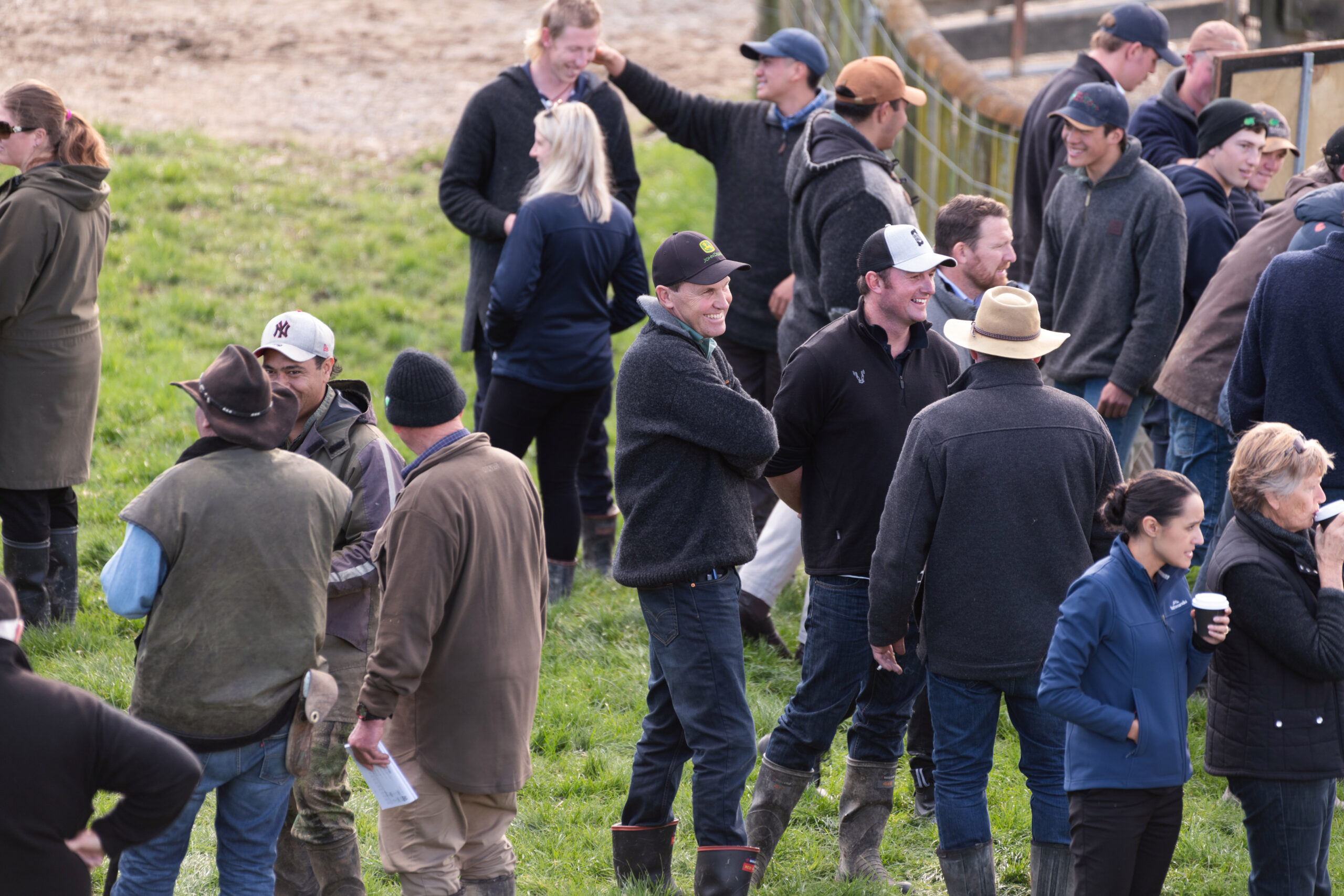Its hard to believe that November is almost here. The year seems to have passed so quickly, and for cattle producers the next event on the annual breeding calendar is just about to kick off. If your enterprise is designed around a spring calving, that event is the annual joining period. So the question is, are your bulls ready to work?
Joining is a critical event for any breeding enterprise. If it isn’t well managed the cash flow over the next 1 -2 years can be dramatically reduced.
A poorly managed joining doesn’t just mean less calves next year to sell. It also has implications for the culling strategies and replacement programs you might have in place. Both of these also impact on your profitability.
How you manage your joining program should be a key priority for the year.
Your bulls readiness to work is a key aspect of successful joining. Its important you take some time to check your bulls over before you introduce them to their joining groups.
Ideally your bulls will have been running together for some time in the lead up to joining. This allows them to sort out their pecking order and this will minimise the time they spend fighting with each other instead of working. it also helps reduce the risk of injury.
When you start to prepare for joining, you should bring you bulls to a location such as your yards and check them all over to ensure there are no injuries or issues that may have recently occurred. Joining is a physically demanding time for bulls and slight physical injuries can become worse over time and may prevent your bull working as hard as he should.
Even if you have only purchased your bull at this years bull sales, check him over again before putting him out to work. As a new bull he may have had some difficulty settling in and as a result could have some minor issues.
I reckon its definitely worth putting your bulls through a crush and checking everything, particularly sheath and testicles. The bulls testicles should feel firm and springy, and if they don’t, this is an indication his testicles may not be as healthy as desirable, and therefore his value as working bull may be lower.
Its better to find the bull with issues before you put them with the cows, rather than mid way or at the end of joining.
Take some time to consider the mating load and length of joining for your bulls. A structurally sound bull in working condition with a Fat Score of 2.5 – 3.5 should comfortably handle a joining period of 9 to 12 weeks. In terms of a mating load, bulls in this condition and with good structural soundness should be mated at the rate of 3 bulls per 100 cows.
If your plan is to single sire mate, that is one bull to a group of cows, you need to consider the following things:
* Don’t overload your bulls with too many cows. More than 40 is putting a lot of pressure on him and some cows may get missed
* Consider your paddock size. If the paddocks are too big or have undulating terrain or timber and vegetation your bull could miss some cows
*Check your bull regularly and have a back up ready to replace him
These are good guidelines for multiple sire mating. Stick to the 3% bulls to cows, and remember to check them frequently. You need to make sure a bull hasn’t injured himself while working, and be prepared to replace an injured bull.
One good trick some people use is to have their replacement bulls running as a group. If there is a need to replace a bull through injury during joining, the whole group of bulls are swapped over. The new bulls should get to work without too much fighting and the other group can be rested or treated for injury if that is an issue.
Keep an eye on all your mating groups. As joining comes to a close, start thinking about how you will bring your bulls out, how you will run them and be prepared to boost their nutritional requirements following their working months.
While many people plan to put bulls out on Melbourne Cup day, which is only next Tuesday, its not too late to make some time to check your bulls and plan for the next few working weeks. If your bulls are ready to work then your joining period will be off to a good start.
By Alister Rayner, RaynerAg


